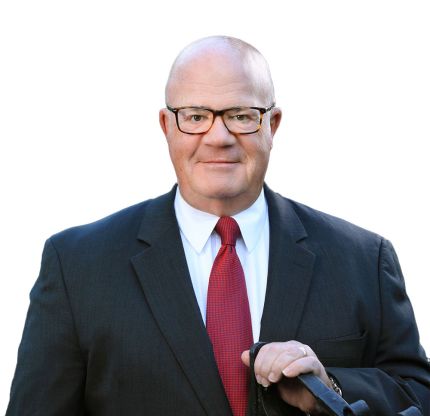
The “Retailization” of Funeral Service
How “The Hawthorne Effect” got us off focus
The formal casket and vault merchandising systems so common today in funeral homes are a relatively new innovation. But their impact is disproportionate to their value.
The industry began experimenting with formal merchandising systems sometime in the late 1960’s. I don’t know whether it was Buddy Hunter of OGR or Wilber Krieger of NSM who first began to promote it in a systematic way. By the time I arrived on the scene in 1980 there were more than a dozen “self-styled” merchandising “experts” consulting with funeral homes. Interestingly, none of them were directly associated with a casket supplier. The National Foundation of Funeral Service had a full selection room set up in their building in Evanston, Illinois and many of the “experts” would hold week-long classes on the proper way to present caskets. Each had a different approach but one thing they held as gospel: The maximum number of caskets displayed should not exceed 20 and, preferably 18.
The first official vendor-supplied merchandising system was offered in the early 1980’s by National Casket Company. It consisted of a “garden” setting featuring caskets “floating” on plexiglass biers placed in pine bark settings threaded by Astroturf pathways. It worked. Users claimed a $500 increase in average sale. And that’s something else that was consistent. No matter what system you used the average increase in revenue was $500.
Being new to the scene and wanting to make my mark I judiciously decided to stay out of the casket merchandising business. Too much “Red Ocean.” More important, I believed the casket obsession to be a distraction from the true value of the societal contribution we make. I am not saying caskets aren’t important. I am saying that they are only a prop in a much more important event.
In the early to mid 1980’s the major casket vendors began to offer their own proprietary merchandising systems all offering the same $500 average increase. I confess I didn’t pay too much attention. But one important thing I did notice was that the gospel had changed. These new vendor-created systems required no less than 35 units on display. This attracted my attention because all the “self-styled” experts had declared with much authority that the maximum was 20. (as an aside current non industry research would seem to support the position of those “self-styled” experts). In any event, it finally dawned on me that this was an ingenious way to drive more inventory into the field with the resultant bump in cash flow for casket vendors.
Then Alton Doody enters the picture with the theory that the “look and feel” of a retail store will make customers feel more comfortable and user friendly. (really??) I can only imagine the angst that the introduction of “cheeks” and “butts” caused those companies that had to retrieve all that excess inventory. Amazingly, funeral directors all over the country were spending upwards of $50,000 to refit their selection rooms with, of course, the standard $500 increase in average sale.
At a conference in the late ‘90’s my naiveté on this matter was finally busted. Three funeral homes presented on the topic of merchandising. The first speaker shared his strategy which included investing in excess of $50,000 per selection room to achieve…you guessed it…an average of $500 increase in average sale. The second spent spent $30,000 for his new selection room but he had done all the work himself with the same results. But the third and final speaker brought down the house in his opening remarks as he apologetically said he felt embarrassed to share what his new selection room cost him. After one of those pregnant pauses he said, “I only spent $1.49…and, by the way, I brought it with me.” Whereupon he demonstrated his three ring binder.
A lightbulb went off in my head as two things became clear: First, if all these iterations of casket merchandising over (then) 20 years actually produced an increase in average sale of $500 then the current average burial sale (as reported by Federated) should have been several times higher than it was. Second, it wasn’t the systems or techniques that were producing results. There were too many variations claiming the same thing. Rather, what we were seeing was originally identified by a study of workforce production by Westinghouse in the 1950’s. Called the “Hawthorne Effect”, it basically states that improvements in performance don’t always occur because of a new way of doing things but because one is paying attention to the behavior that produces the result. In other words your awareness of your activities and the corresponding results is increased.
So, my point is simple: Virtually any system you use will be effective in direct proportion to your enthusiasm and focus. If you need to spend $50,000 it will be effective. But maybe you are one of those lucky ones who only need to spend $1.49 to accomplish the same thing.
But here is the key, whether you spend $50,000 or $1.49 are you spending it for the right thing? Casket merchandising is about Best Practice. It has distracted us from Best Purpose which is what we contribute to society and the compelling reason people call us. By the way, am I the only one curious about why all these cumulative $500 increases in average sale over the last 30 years don’t show up in the trendline for adult funerals?
This post may be reproduced in whole or in part provided proper attribution is given.
Our Blogging Expert

Business Consultant / Owner
Popular Articles
